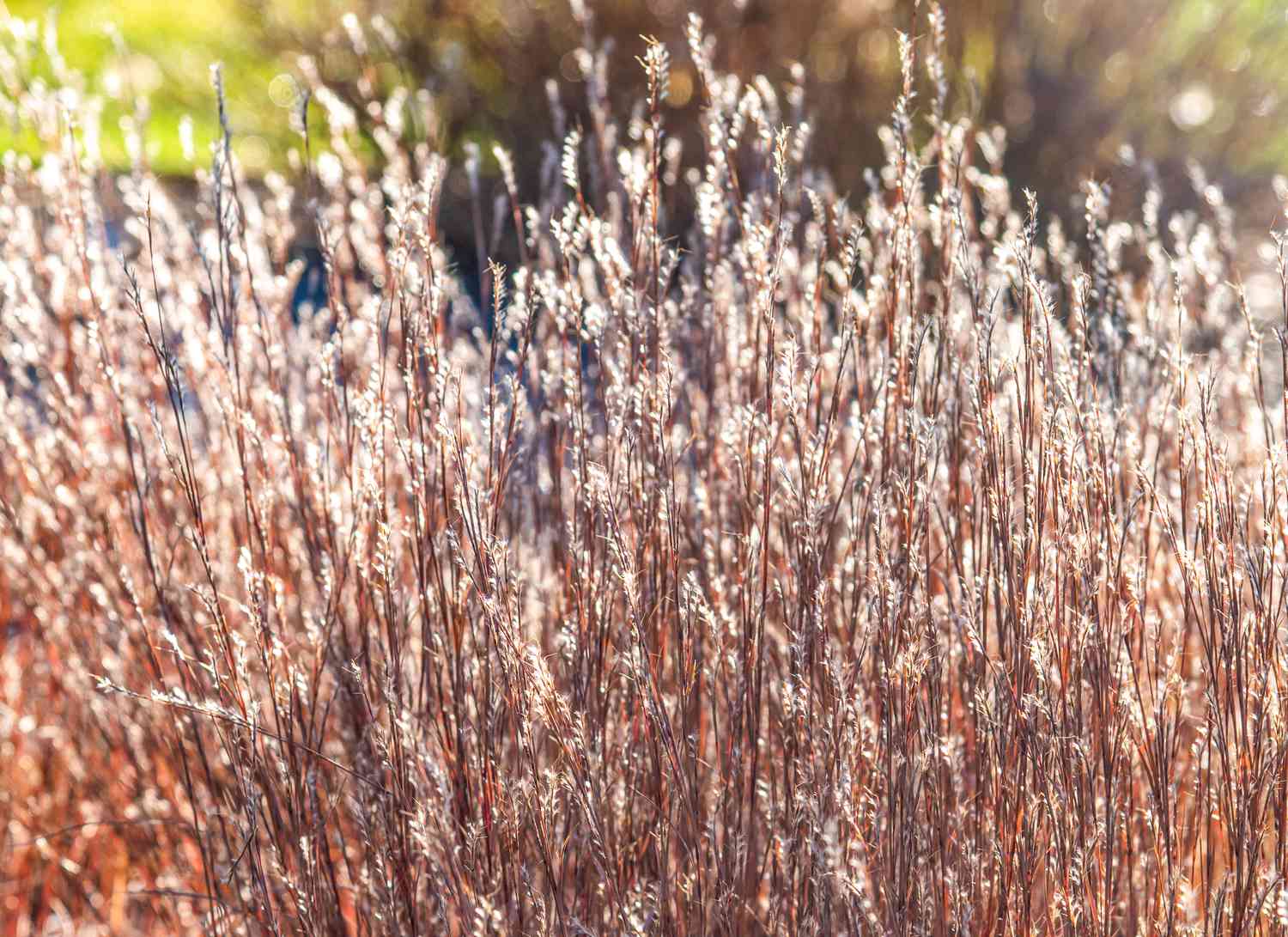Short and mixed prairie grasses not nearly as aggressive as tallgrass species

MACOMB, Ill. — In Illinois, our historic grasses have been tallgrass prairie species. These include big bluestem, yellow Indian grass, and switch grass.
It would make sense that a person wishing to include native prairie grasses in their landscape would opt for the tallgrass species. Yet, if you ask me, I would steer most folks away from tall grasses and toward short prairie grass species.
If we know Illinois was home to tall prairie grasses, why would I recommend species not historically dominant? The answer is simple, tall prairie grasses are bullies. I have encountered several instances from backyard pollinator gardens to acres of CRP, where the tall grasses like big bluestem and yellow Indian grass crowd out all of the other native wildflowers. And sometimes become pure stands of grass.
What these pollinator gardens and CRP stands are missing is an herbivore. Namely bison and elk. These lumbering beasts would help keep the tall grasses in check. Last I checked, there are currently no bison or elk freely roaming Illinois.
Short and mixed prairie grasses such as little bluestem, side oats grama, and buffalo grass are not nearly as aggressive and can be much more manageable.
Here are some grasses to consider including in native plant or pollinator gardens.
Little bluestem (Schizachyrium scoparium)
While some may think of this as a short version of big bluestem, little bluestem is a completely different species. Little bluestem reaches 2-3′ tall and has a strong upright form that stands out in the landscape. This plant has a bluish tint to the leaves in the summer and boasts a lovely fall color ranging from red to purple. Little Bluestem prefers full sun and can tolerate drier sites. Little bluestem is quite adaptable and can be found throughout tallgrass, mixed grass, and shortgrass prairies.
Blue grama (Bouteloua gracilis)
This was considered a dominant shortgrass prairie species and is only occasionally found growing wild in Illinois. Blue grama grows up to 2’ tall and has a flower that reminds me of eyebrows suspended on a stem. Fine textured grass blades turn a golden color with hints of red in the fall. This grass will do best on dry, full-sun sites.
Prairie dropseed (Sporobolus heterolepis)
Technically more of a northern prairie species, prairie dropseed has a shorter stature similar to its shortgrass prairie kin. Prairie dropseed has exploded onto the ornamental landscaping scene in recent decades as a good all-around performer. The fine textured grass grows in wispy mounds and spikes of delicate flowers rise over top. Some may think this grass will flatten at the first hint of snow, but it holds its shape under the weight of winter. Leaving interesting bumps in a snow-laden landscape. Prairie dropseed grows 2 to 4 feet tall and prefers full sun with dry to medium soil.
Many of these grasses have been cultivated for sale in the ornamental landscape trade and several named cultivars can be found at garden centers or online.
Miss Clipping Out Stories to Save for Later?
Click the Purchase Story button below to order a print of this story. We will print it for you on matte photo paper to keep forever.

